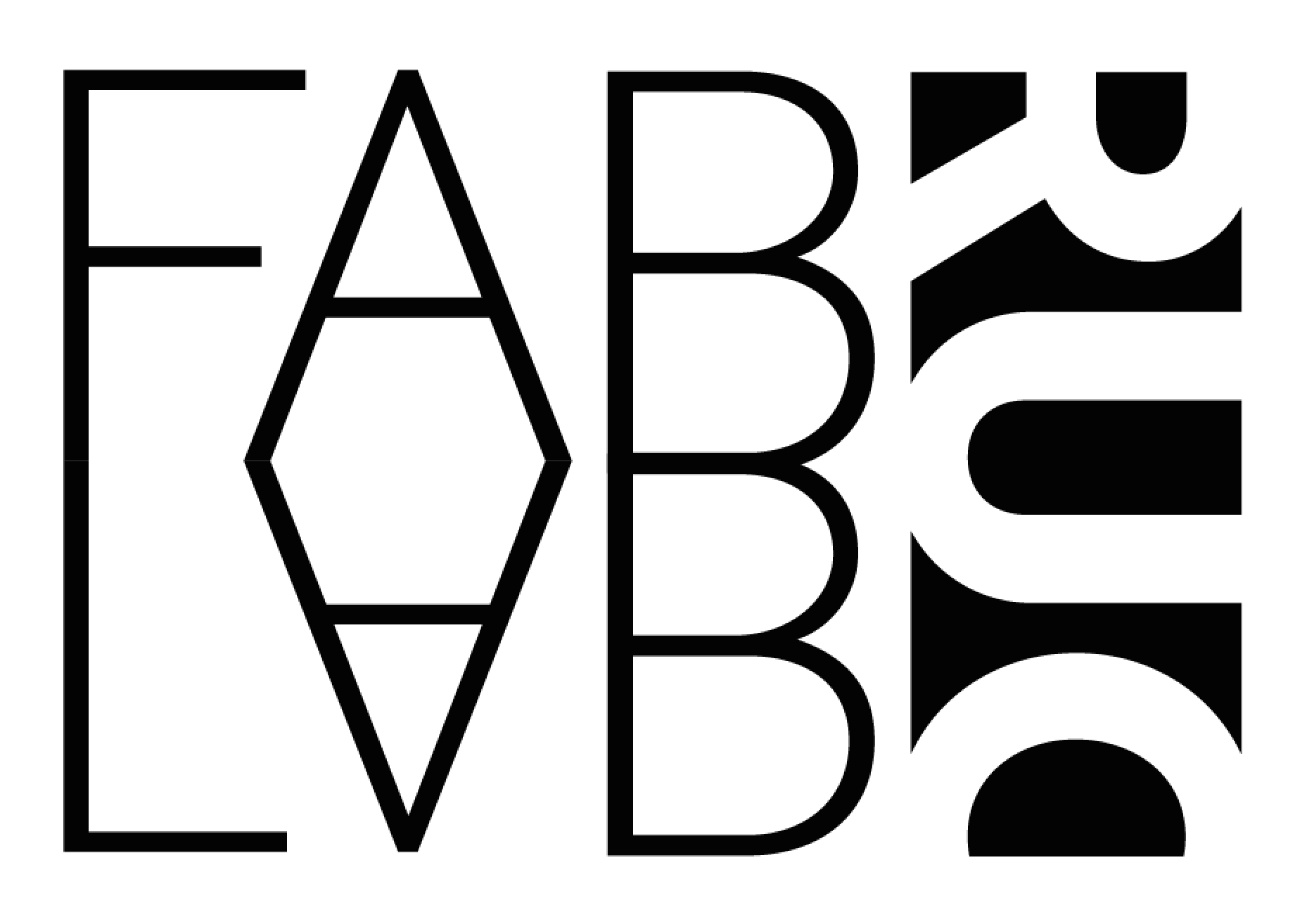Singing plant
This page is in the process of being created.
Want to make your own singing plant? We use a combination of tricks, on the Arduino, to accomplish this. We haven't got around to publishing a nice user friendly combined solution yet - but check back here for when we do - we are actively working on it (but are busy... :-) )
How does it work?
We use the plant as one side of a capacitor. You - your hand, your body, all the e.g. 40 L of water in you, the fact that you are connected to ground etc. affects the capacitance, and we can measure that. What we get is either just one single value - the capacitance, or a graph of the capacitance at different frequencies. We use this number or these numbers to control sounds.
For the moment, here are the relevant guides and instructibles for the different parts:
- http://www.hobye.dk/projects/singingplant
- http://www.instructables.com/id/Singing-plant-Make-your-plant-sing-with-Arduino-/
- http://www.instructables.com/id/Turn-your-Arduino-into-a-4-voice-wavetable-synth-w/
- http://sensorium.github.io/Mozzi/
- http://blog.dzl.dk/2012/05/29/arduino-synth-instructable/
- http://dzlsevilgeniuslair.blogspot.com/2014/04/thesynth-arduino-library-got-upgrade.html
- https://playground.arduino.cc/Code/ADCTouch
- http://www.instructables.com/id/Touche-for-Arduino-Advanced-touch-sensing/
We mostly use the Touché for Arduino touch sensing, but it isn't really necessary - we mostly just use the maximum point, not the whole graph anyway, so one can just as well use the much simpler ADCTouch library, with does not require any external electronic components at all.
Theremin plant idea: Mads Hobye
Arduino synthesizer: Nikolaj "DZL" Møbius
Touché: Disney research labs
Touché in an Arduino: Nikolaj "DZL" Møbius
Writeup/project: Nicolas Padfield
Thanks Statens Museum for Kunst, Bikubenfonden, Gartneri Toftegaard

